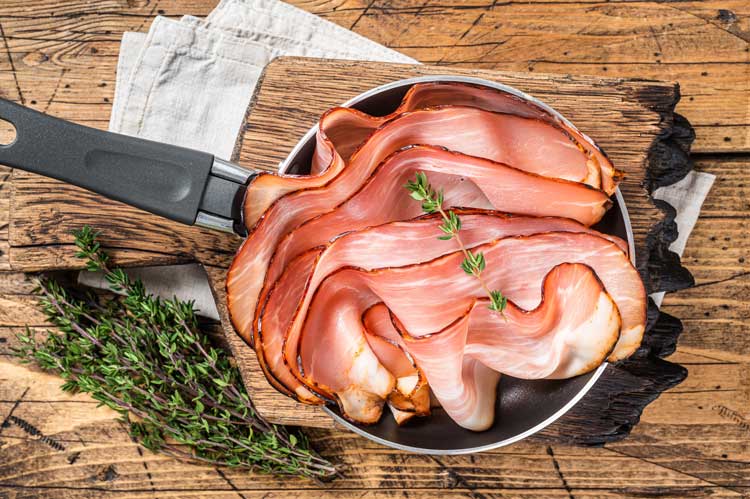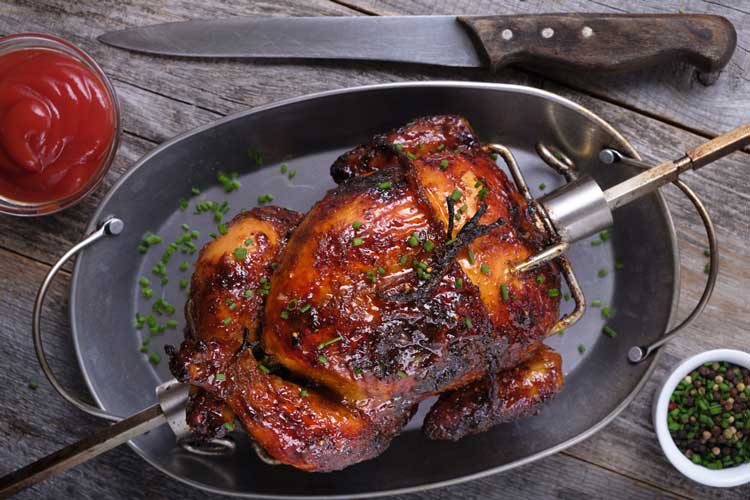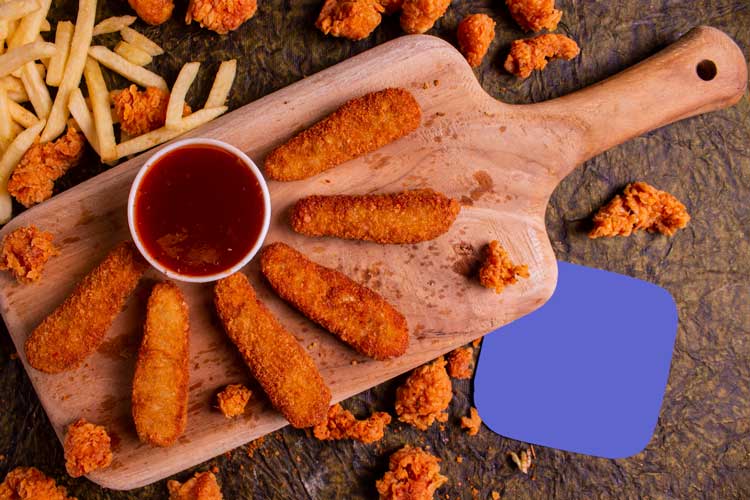Chicken wings, once considered a humble and underappreciated part of the bird, have risen to become a beloved culinary sensation. Their journey from humble beginnings to a global phenomenon is a fascinating tale of ingenuity, cultural fusion, and the ever-evolving tastes of food enthusiasts. Beyond their delectable flavour, chicken wings hold a deeper cultural significance…. Read More…
Posts from June, 2024
The Secret Behind Black Forest Ham’s Unique Flavour
Black Forest ham, also known as Schwarzwälder Schinken in German, is a dry-cured, smoked ham that originated in the Black Forest region of Germany. It is renowned for its distinctive flavour and aroma, which is achieved through a unique curing and smoking process. The curing process for Black Forest ham involves salting the pork legs… Read More…
Don’t Waste a Thing! Creative Ways to Cook a Whole Chicken
What is a Whole Chicken? A whole chicken refers to an entire bird that has not been cut into parts or pieces. It includes all the edible components, such as the breast, wings, thighs, drumsticks, and giblets (heart, liver, and gizzard). Whole chickens can vary in size, breed, and weight, depending on factors like age,… Read More…
The Crispy, Juicy Secret to Perfect Chicken Fingers
Chicken fingers, also known as chicken tenders or chicken strips, are a popular dish consisting of slender, breaded, and deep-fried pieces of boneless, skinless chicken breast meat. These bite-sized morsels are beloved for their crispy exterior and juicy, tender interior, making them a favourite among both children and adults. Variations While the classic chicken finger… Read More…





